USDA Zones and Microclimates

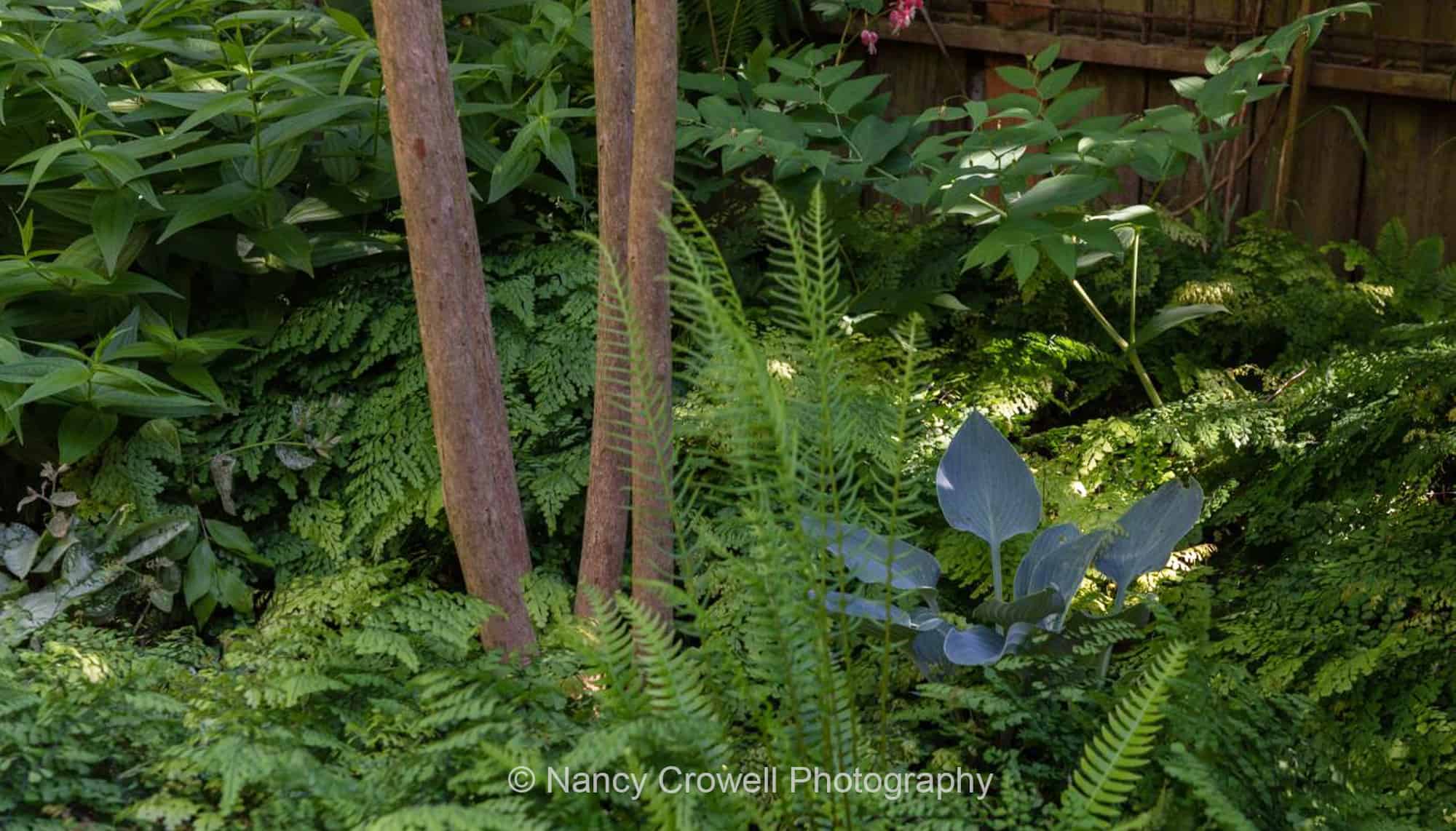
Understanding the Difference Between USDA Zones and Microclimates
Identifying your specific zone and the unique microclimates within your garden will help your plants thrive.
By Claudia Wells, Skagit County WSU Extension Master Gardener
Having a great looking yard seems like it should be simple enough. Look at the plant tag and it will tell you the USDA zones where it is best suited. You find the correct USDA plant zone for your home and buy the appropriate shrubs and flowers. However, have you done your due diligence and bought plants according to your zone? In Anacortes, and parts of Mount Vernon the zones are 8b and 8a, and in Sedro-Woolley, the USDA zone is 8a. The division of zones into a and b is done in 5-degree Fahrenheit increments. Zone 8b means that the average minimum winter temperature is 15-20°F. Use https://planthardiness.ars.usda.gov/ to find your USDA zone.
If you place plants in USDA zones that are not compatible with the plant tag recommendation, you may over time watch them fail to thrive despite your best efforts. There are several reasons why your plant may be struggling but perhaps the most common one is that it was in the wrong microclimate in your yard. Yes, everyone’s yard has multiple microclimates.
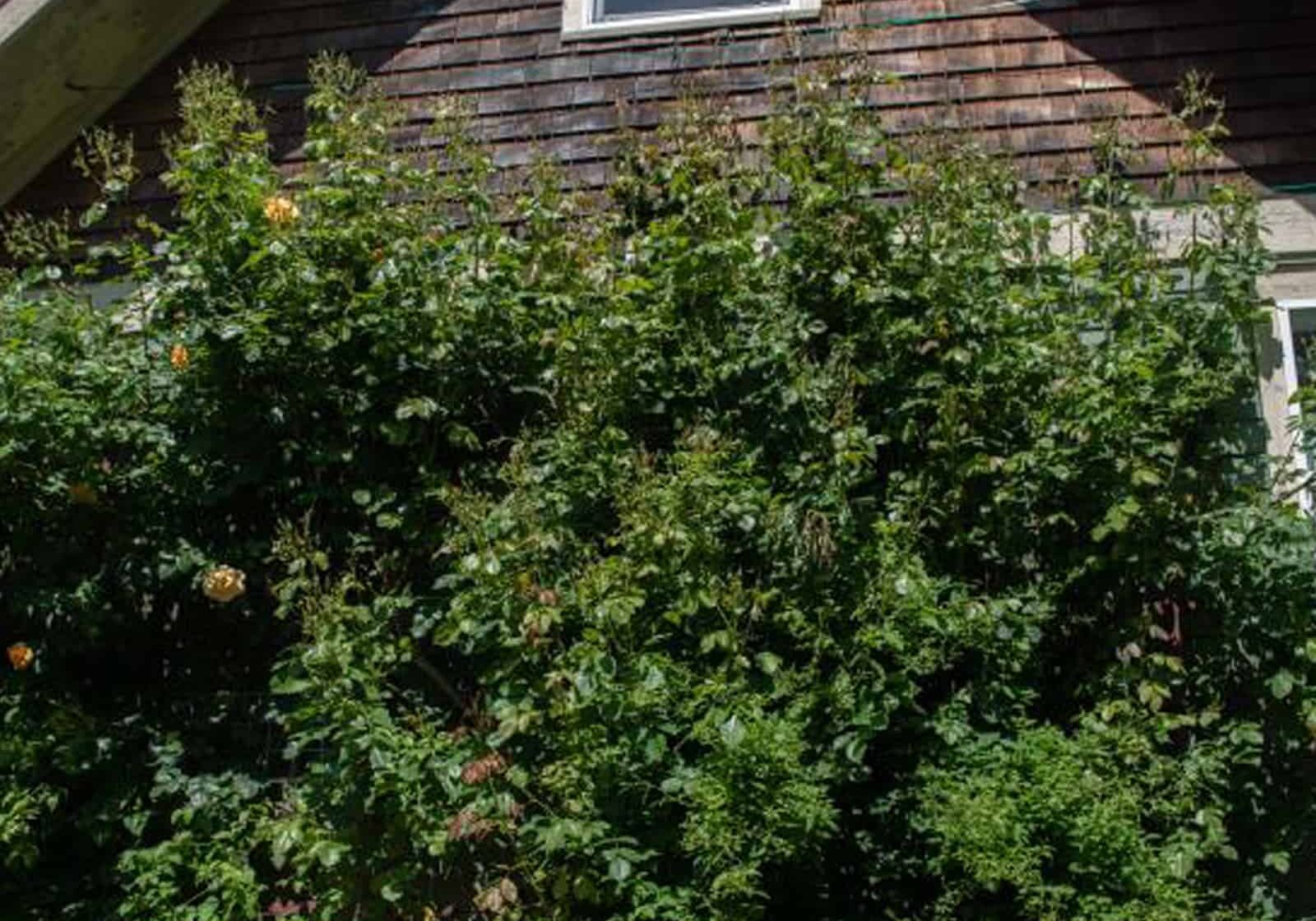
What in the world, you say, creates microclimates, and why is knowing about them so important? First, remember, when a plant struggles to survive, it is more susceptible to disease and pests.
The USDA zone map is based on an area’s average low and high temperatures over a long period of time, about 30 years. A microclimate, however, is a local set of atmospheric conditions that differ from those in the surrounding areas—sometimes the difference is slight, and in other instances, the conditions can differ significantly.
The term microclimate may refer to a very small area in your garden or as large as a low-lying valley. Or a shaded area in an otherwise full-sun environment. Microclimates are created by a combination of any of the following:
- Air flow stagnant or windy
- Slope of the ground
- At the top or bottom of a grade
- Close to water
- Soil is either too sandy or too much clay, so the drainage is affected
- Soil temperature varies within a garden
- Elevation within a garden
- Hardscape
It may be an area where the airflow is stagnant might lead to the growth of moss, especially on the north side of a building. Or a windy area tends to dry out plants quicker than surrounding areas and may cause damage to the foliage itself.
Another contributing factor to a different microclimate is the slope or aspect of an area. In the northern hemisphere, south-facing aspects are exposed to more direct sunlight than opposite slopes. This leads to warmer temperatures for longer periods of time, giving the slope a warmer microclimate, than the areas around it. This applies to any small slope you have in your own yard. At the lowest spots in your yard, nighttime condensation may freeze, creating a “cold sink” where a drying breeze may not reach the lowest area; humidity lingers and precipitates, then freezes. Another phenomenon is called a “rain shadow” that occurs on the downhill side of a mountain where less rain falls. This might apply to a slope in your own yard, so a drier microclimate might even exist behind a very large rock.
Spring advances one day later for every 100 feet of elevation. This doesn’t seem like much until you consider areas like Concrete that has a wide range of elevation. This difference may even be noticeable at the top of a grade. The neighbor down the hill probably has flowers blooming earlier than you do which is caused by the difference in microclimates. In some areas, like Chuckanut, if the elevation is close to 1000 feet, then spring would be 9 days later than at 100 feet of elevation as in Mount Vernon.
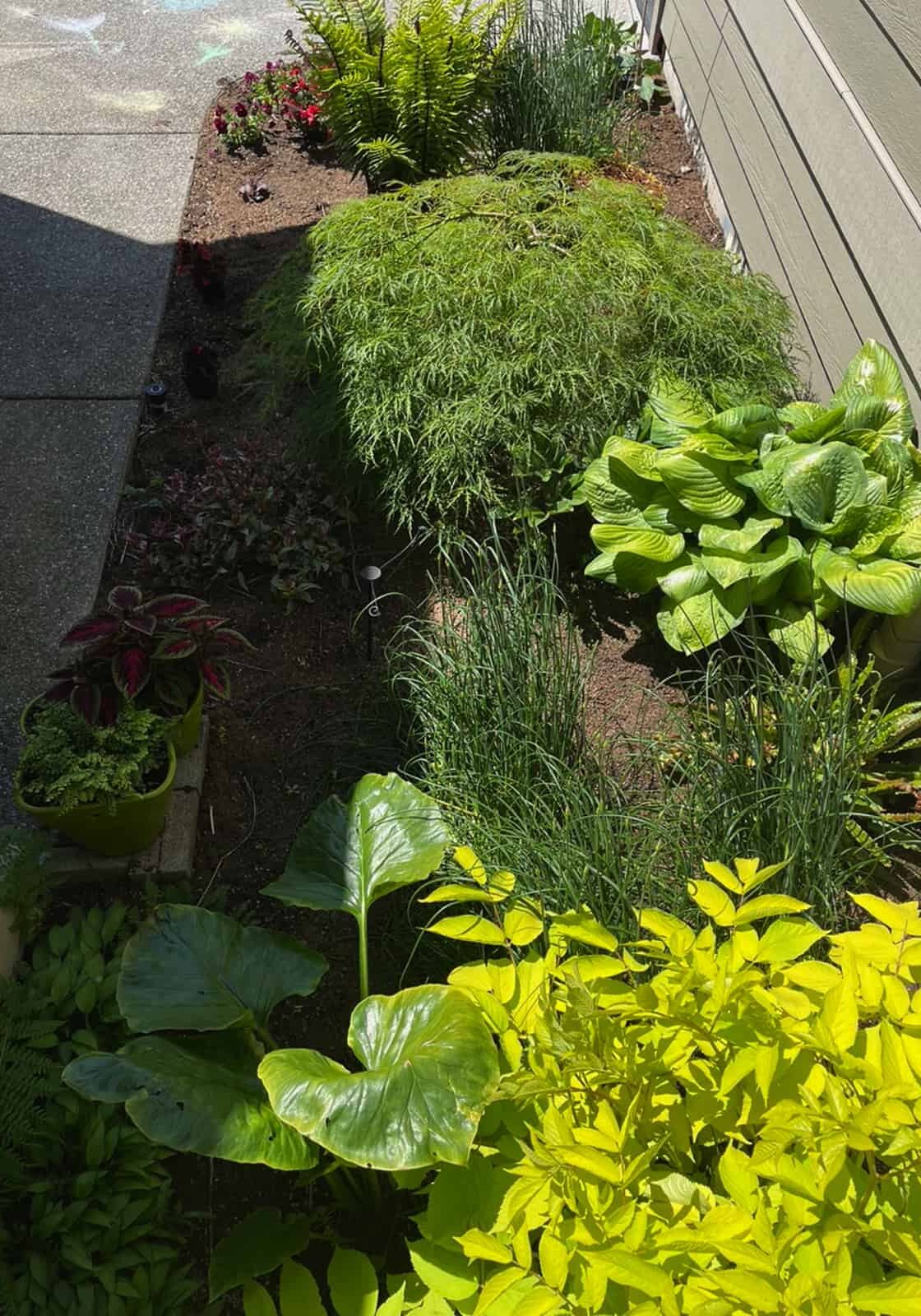
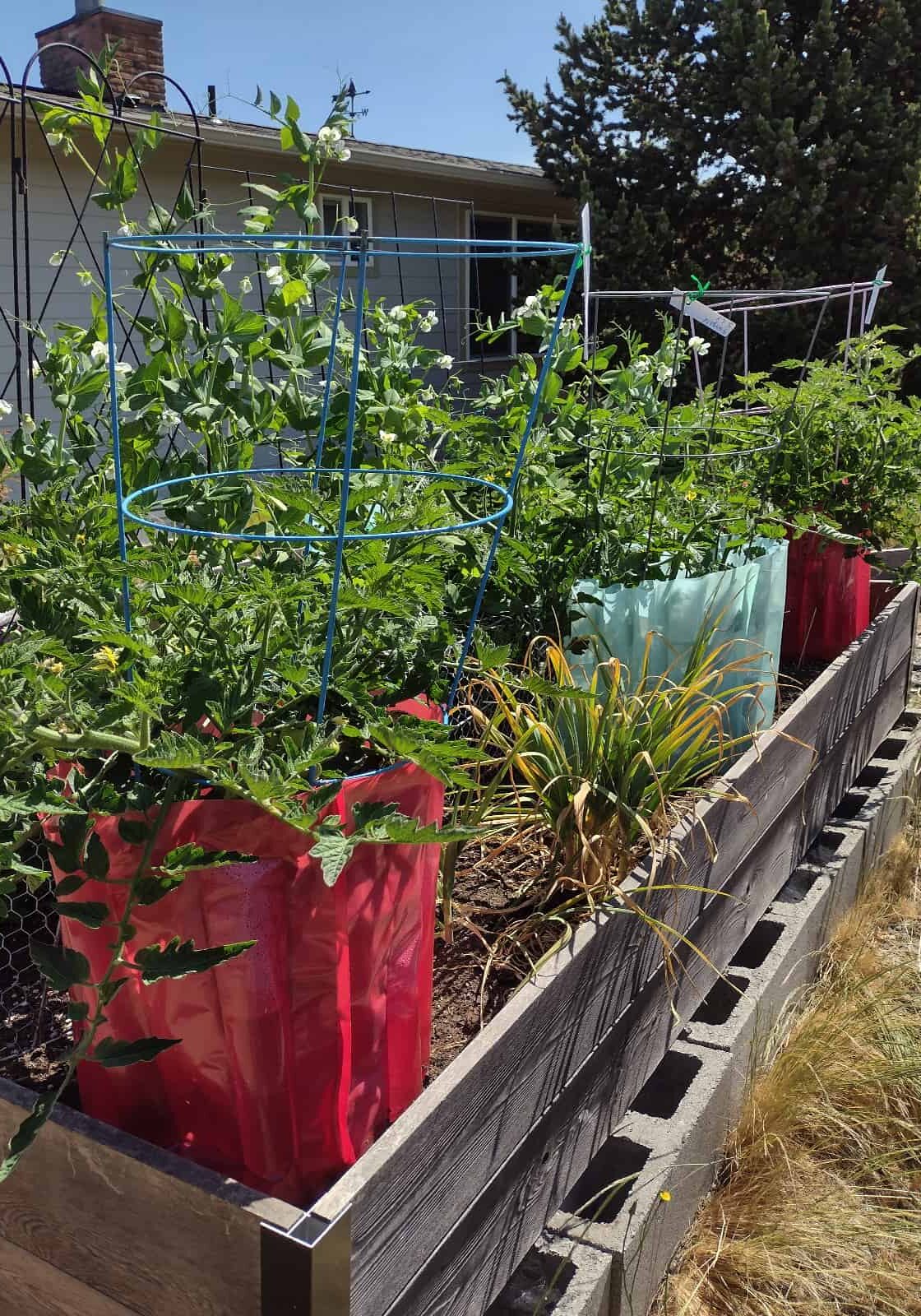
Large bodies of water create microclimates depending on the distance to the property. Water has a moderating effect on temperature so the closer you are the warmer it might be. The Pacific Ocean keeps the Puget Sound in warmer zones than nearby inland areas.
Here in the Puget Sound area, our soil may be compacted because of the use of heavy equipment. Soil compaction and/or high-water table result in puddles that don’t dry up when the rest of the yard is dry, meaning that the drainage is poor in that area. It’s important to know about the drainage in your garden. Any good gardening book will explain the procedures to check for soil drainage.
Determining soil temperature is important to find the hottest, or coldest, spots in your garden. Simply place a garden thermometer in the ground about 2 inches deep for roughly 3 minutes. Do this in several different areas of your garden and you may be surprised where that hot spot may be found. In an urban area, tall buildings create their own microclimate, both by overshadowing large areas and by channeling strong winds to ground level. All the concrete leads to higher temperatures as well. It is important to assess where you might have larger rocks, white walls of a building, concrete, and anything else that would be considered a “hardscape” as they will all raise nearby temperatures.
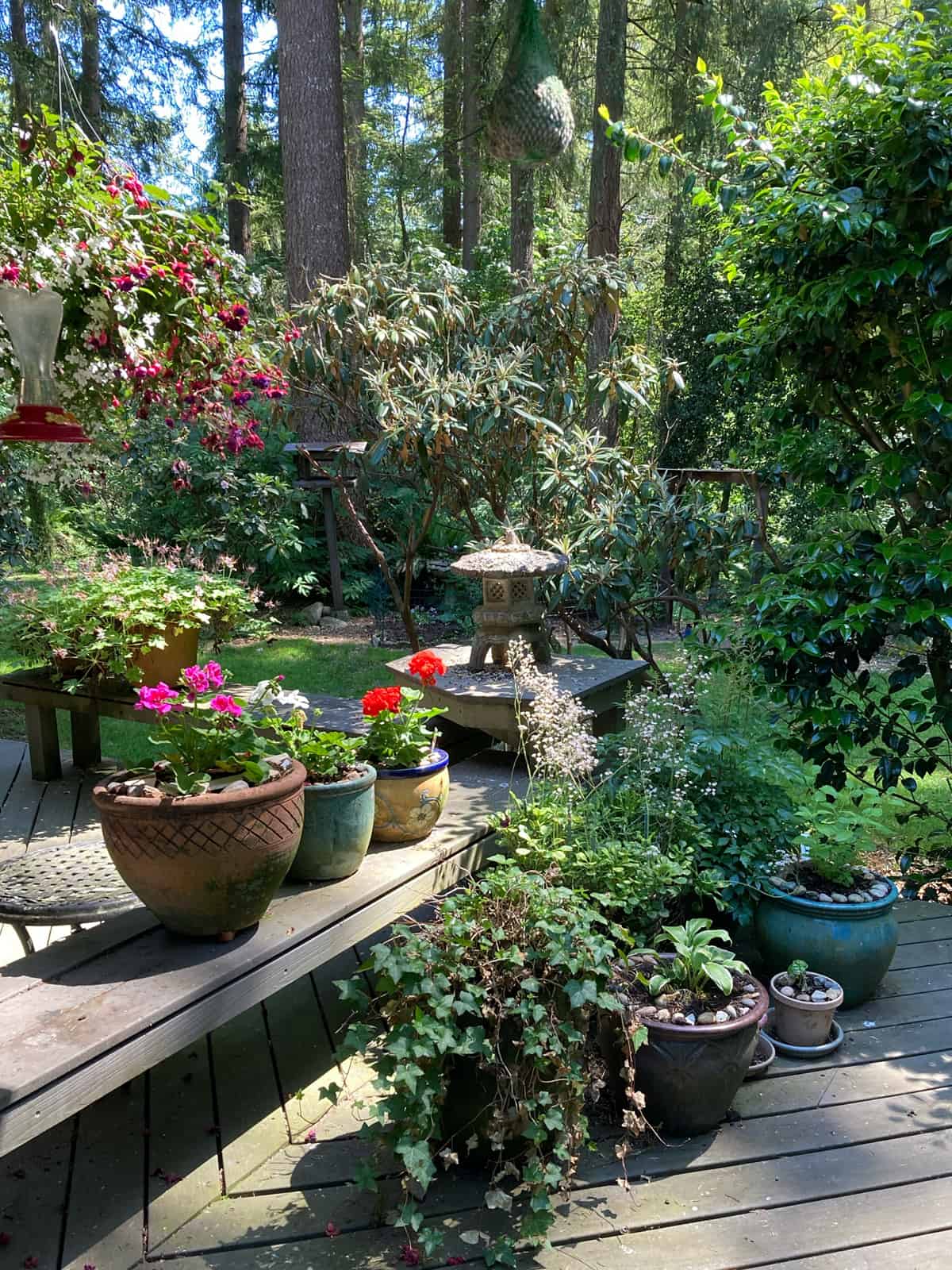
If you want to grow a plant that is slightly out of your USDA garden zone then it is important to take into consideration the factors listed above. A moist, mostly shady microclimate is a perfect location for ferns and shade-loving plants to thrive. In the same environment, sun-loving plants like most perennials (referring here to flower-producing plants that last year after year) would do poorly given the lack of sunlight.
To discover where the most sun and shade are located, make a map of your garden three times on the same day at 9 a.m., 12 p.m., and 3 p.m. Create this sun/shade map at the beginning, middle, and end of the growing season. This will be a good indicator of where the shady plants will thrive and where the sun-loving plants will be happy. Also note any drainage problems, prevailing winds, protected spots, and problem areas on your map. Make your map as detailed as possible to help for future reference.
If a windbreak is too dense, like a solid fence or wall, the wind will be completely blocked causing increased turbulence on top just as it does around tall, narrow houses. Also consider brick, concrete, and asphalt that absorb the sun's energy, then heat up and re-radiate that heat to the ambient air resulting in a warmer microclimate.
A warmer microclimate can offer an opportunity as a small growing region for plants that won’t survive in other areas of your yard. As a gardener, you will succeed when you carefully choose and position your plants according to the microclimates that exist in your own yard.
RESOURCES:
- “Microclimate” Cornell Small Farms Program. Cornell University. 2019.
- Chen J, Saunders S, Crow T, Naiman R, Brosofske K, Mroz G, Brookshire B, Franklin J. 1999. Microclimate in Forest Ecosystem and Landscape Ecology. Bioscience. Vol. 49 no. 4.: p. 288-297. (1999) USDA Forest Service https://www.fs.usda.gov/research/treesearch/12055
- Camus, John. 2017. 6 Examples of an Urban Microclimate. Sotoga Sustainability Guide. Nov. 12, 2017.
- https://sotoga.com/en/urban-microclimate
 ABOUT THE AUTHOR:
ABOUT THE AUTHOR:
Claudia Wells has been a Master Gardener since 1983. She has taught Master Gardener trainees about Microclimates along with other topics during the annual Skagit County WSU Extension Master Gardener training.
_________
Questions about home gardening or becoming a Master Gardener may be directed to: Skagit County WSU Extension Office, 11768 Westar Lane, Suite A, Burlington, WA 98233; by phone: 360-428-4270; or via the website: www.skagit.wsu.edu/mg
Very informative article, covered all the bases. Thank you.
I have dealt with the microclimate that occurs on the North/Northwest side of my garage. After trial and error, I’ve found several that will thrive in the shade, but live through 45 days (+ or – ) of hot sun on summer afternoons.